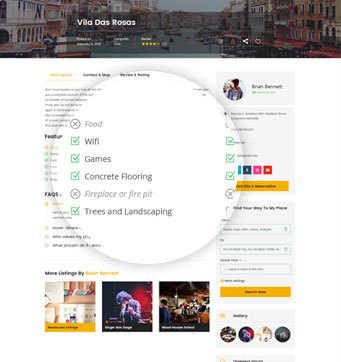Sea Pork: the bizarre & slimy pink blob on the beach
Have you ever spotted a slimy bizarre brain-like blob washed up along our South Carolina shore? Meet the oceanic creature called Sea Pork.
With a name as disgusting as its appearance, sea pork, or tunicates, is considered one of the most evolved of all marine invertebrates. They can form colonies stretching up to 12 inches long. These sub-tidal creatures can be found from the low tide mark to about 30 feet deep. Sea pork exists in large colonies, eating and working together to filter the earth’s seas.
According to the Wikipedia article on tunicates, which cites multiple scientific sources, they are filter feeders with a water-filled, sac-like body structure with two tubular openings that draw in and expel water. Other types of tunicates that can be found in South Carolina waters include sea squirts and sea grapes. These immobile creatures attach to hard substrates such as the bottom of boats, docks, pilings, and jetties. Sea pork is a sub-tidal species preyed upon by bottom-dwelling fish, skates, and sharks.
Sea pork can come in a variety of colors too including pink, green, red, lavender and black and are rubbery to the touch. When alive, reddish colored zooids are embedded in its pink (sometimes orange) tunic. According to Florida Fish and Wildlife, Sea Pork got its name because after death, with zooids absent, it turns a pale white color, resembling salt pork or fatback.
While they play an important role in the ecosystem by filtering out plankton sea squirts/ sea pork can actually cause problems. According to scientists at the University of Florida, they can spread quickly and invade an area, sometimes harming seafood such as oysters and scallops.
Sea pork has found its way into the cuisine of some cultures, but because tunicates are sessile, meaning they can’t move around, many of them have poisonous flesh to fend off predators. According to experts, they can’t hurt you but it’s best to avoid taking a bite when you find one.
Your best chance to spot sea pork on the beach is after a storm when the seas have been rough. They tend to show up on our beaches when strong currents and powerful surf rip them from their hard substrate. So keep your eyes open when you walk the beaches folks, you just may discover some Sea Pork on your own.
Sea Pork found on Hunting Island Beach by Elaine NaNa Perry Claxton
Cover photo by Elaine NaNa Perry Claxton
Story by Ginger Wareham







